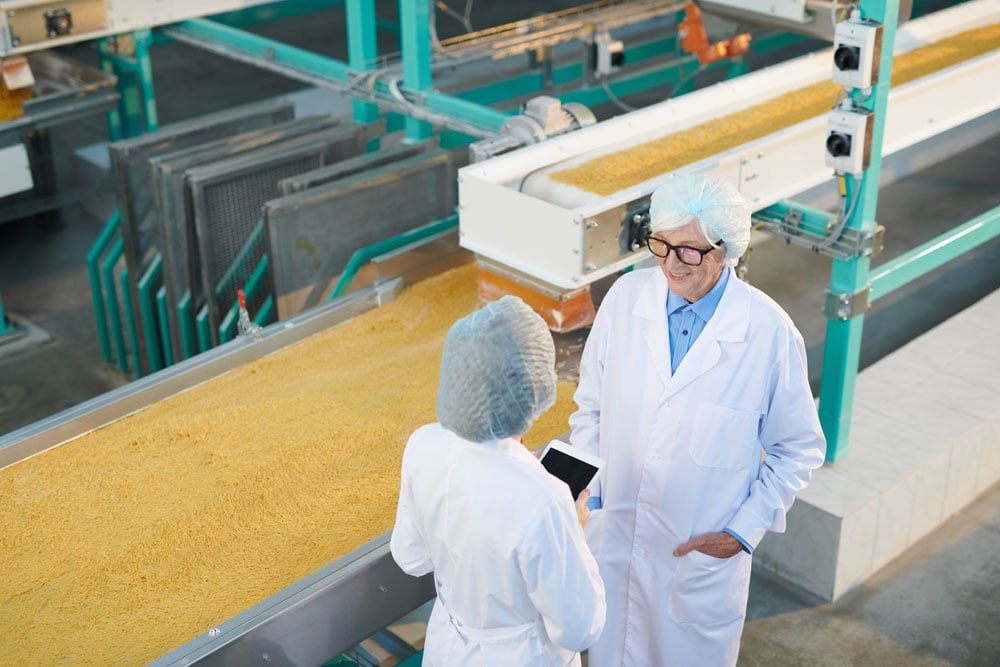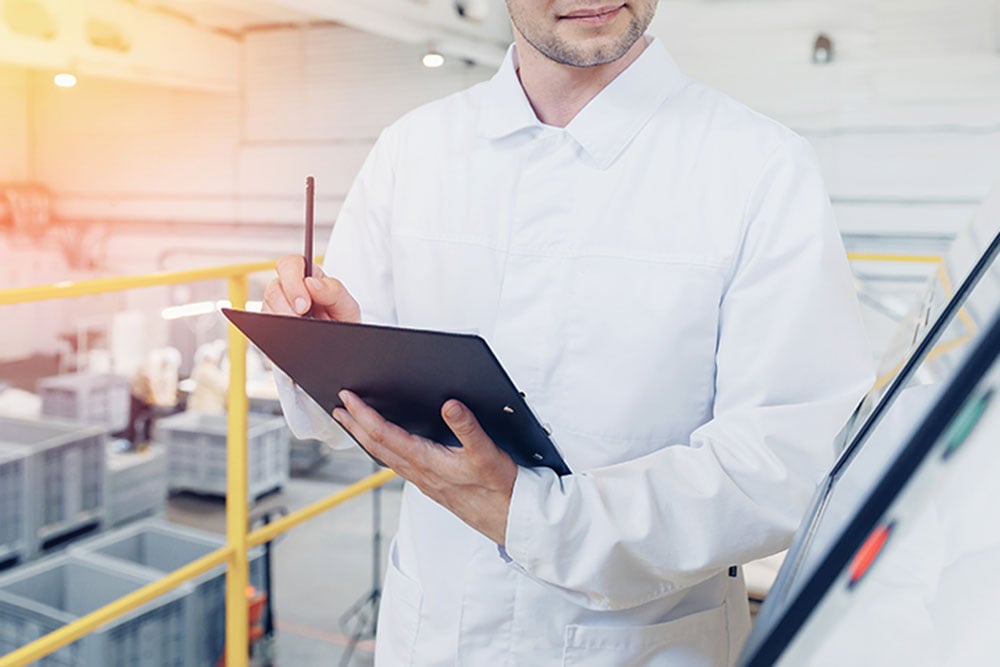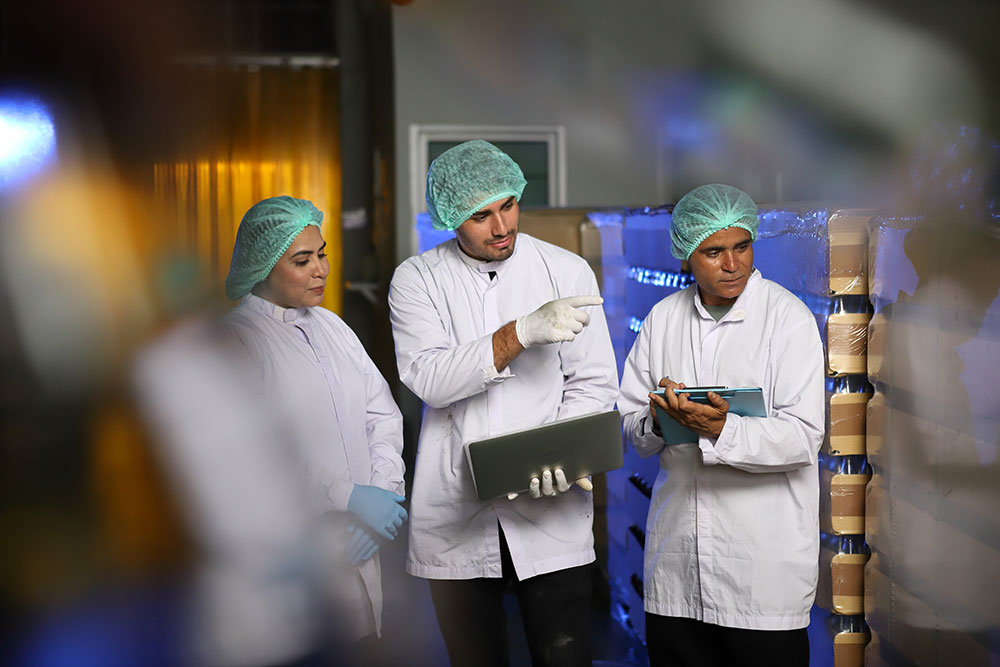Seafood is one of the most popular cuisines worldwide, eaten by millions of people every day. In the past, much of that seafood came directly from the world’s oceans, but increased demand and growing populations have led to severe overfishing. Overfishing leads to the depletion of many species at rates too fast for fish reproduction rates, and without a way to keep up, many species face the risk of extinction. The threats of overfishing go beyond the aquatic population; it also affects how they grow and reproduce, the food chain, and the entire aquatic ecosystem.
Aquaculture, or fish farming, refers to the controlled cultivation of various aquatic organisms for human consumption. It is vital to preventing overfishing by ensuring seafood is sourced safely and sustainably. Aquatic farms require constant maintenance to ensure top sanitation levels in order to prevent fish farm disease. Here are five tips to keep these facilities clean and prevent diseases from occurring:
1. INSPECT THE STOCK
Farm fish can come from different places–they can be wild, come from other farms, or get returned after being handled off-farm. Regardless of where they come from, it is crucial to inspect each fish for disease, either at the lot, or farm level. A trained fish health professional should carry out these exams, as they will know even the slightest signs of potential illness to ensure it does not get introduced to healthy fish.
Taking things a step further, you should set up a quarantine area for new and returning fish, either in a pond or a designated area. No fish or water in the quarantine area should escape into the areas housing healthy fish. Any equipment should remain away from these areas until they are thoroughly disinfected and sanitized. A proper quarantine period for fish should take them through each seasonal water temperature so that no potential diseases get overlooked.
2. CLEAN AND DISINFECT EQUIPMENT AND CLOTHES
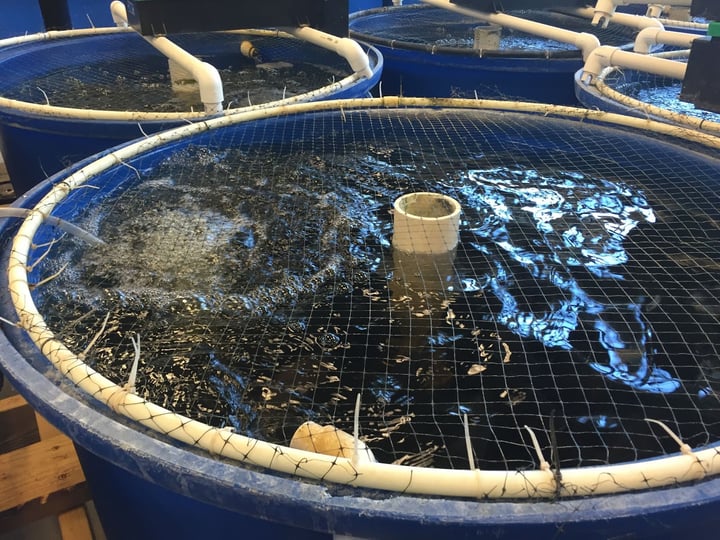
Bacteria and other harmful pathogens can cling to clothing, boots, and equipment. It is vital that workers clean and sanitize their work clothes and boots at the end of each day–especially if they have been working with quarantined fish. Taking care to sanitize clothing will help prevent the introduction and spread of harmful pathogens. The same is necessary with all equipment, as dirty equipment is one of the main culprits of contamination on fish farms. Buckets, waders, transport trucks, and much more, all require proper cleaning, sanitation, and drying before the next use to prevent the introduction of pathogens and disease.
3. LET FISHING NETS DRY
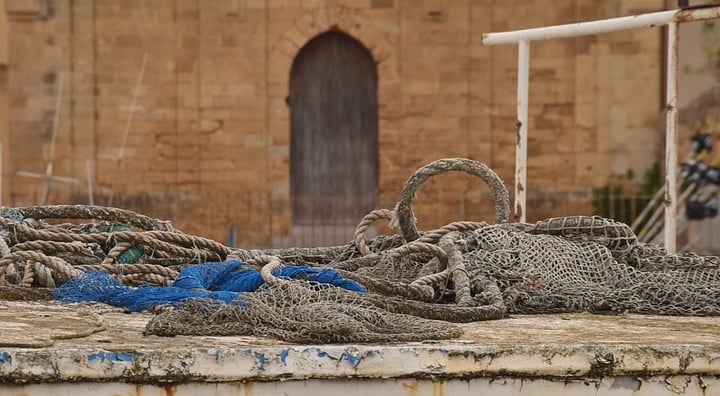
Aside from the more obvious equipment, there are fishing nets, which are vital to the function of fish farms. These nets can carry countless pathogens that can contaminate a fish farm, especially if not handled properly. Ideally, you should invest in many nets so that once workers use one, they can use another while that one gets cleaned and dried. Doing so will kill many pathogens and ensure that the nets do not become moldy.
4. USE THE RIGHT WATER
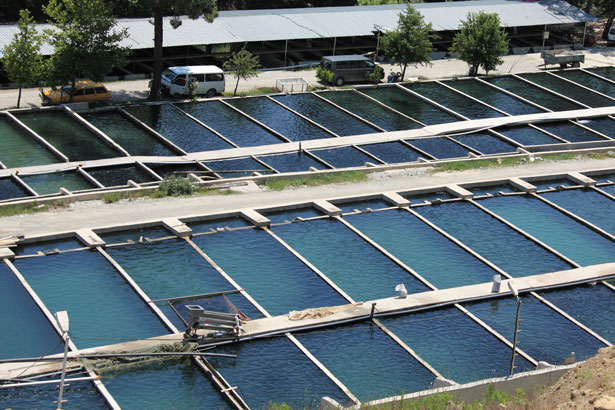
For fish farms, the safest water source is water that you pump straight from a designated well or pond. By recirculating and reusing water for each new batch of fish, the risk of water becoming contaminated with new diseases is greatly minimized. That doesn’t mean that pathogens can’t be present and accumulate in the water over time, especially as you circulate and reuse it for each batch.
Of all the possible water sources for fish farms, river water is the least desirable, as it can contain pathogens that aren’t already present within the fish farm. To use river water, you need to send it through a filtration system and then store it in fish-free ponds for a minimum of 21 days to ensure that no harmful pathogens contaminate the farm.
5. INSTALL SANITARY DRAINAGE
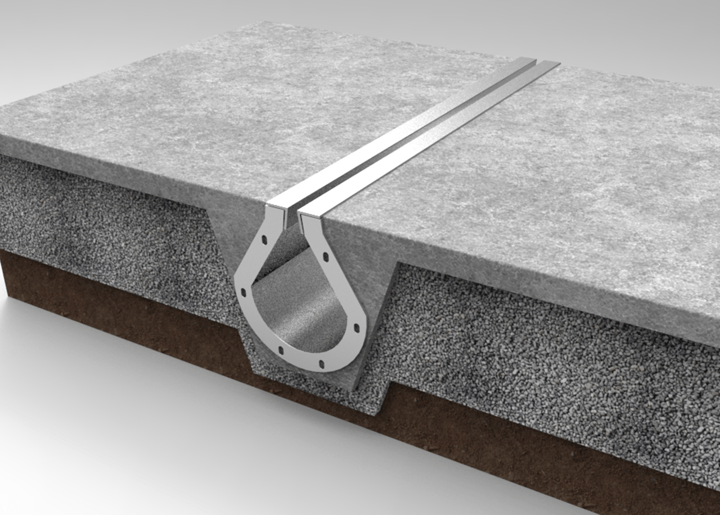
One feature of a sanitary fish farm you should never overlook is drainage. Drainage systems are a vital part of creating a safe and sanitary facility. These systems take water runoff away from the ground surface and direct it to a specified area, like a catch basin or other holding area.
FoodSafe Drains makes the Slot Drain system, an industrial-strength ideal for fish farms. The 10,000 Series Slot Drain features a bacteria and corrosion-resistant stainless steel body inset in concrete, making it flush with the ground. Unlike traditional trench drains, Slot Drain has a slim channel opening, eliminating the need for grate covers, as large objects will not fall into the channel. The systems are also easy to maintain, with options like Flush Flo to help with cleaning or Clean-In-Place systems to automate it entirely.
MAKING SAFE SEAFOOD
The popularity of seafood isn’t slowing down anytime soon. To protect the world’s sea life from the effects of overfishing, solutions like aquaculture and fish farms are necessary. For these systems to work, however, they require the utmost care to ensure there is no disease present, which can harm the supply and lead to serious health and safety issues. As a fish farm manager, you must do everything you can to maintain a sanitary and disease-free facility–and these five tips are the perfect starting point.
Contact the food drainage specialists at FoodSafe Drains today for more information about a drainage product specifically designed for your needs.
